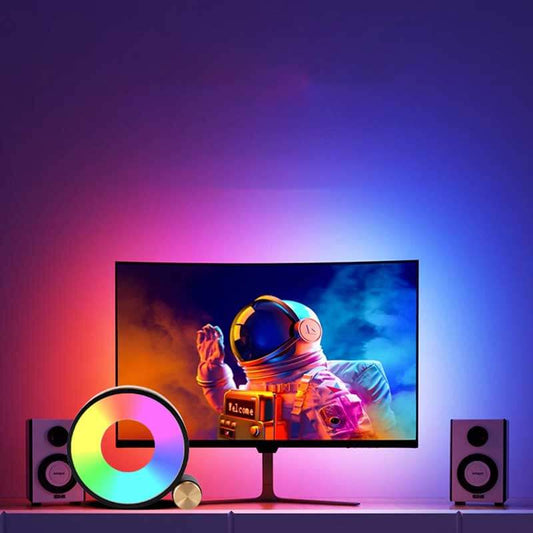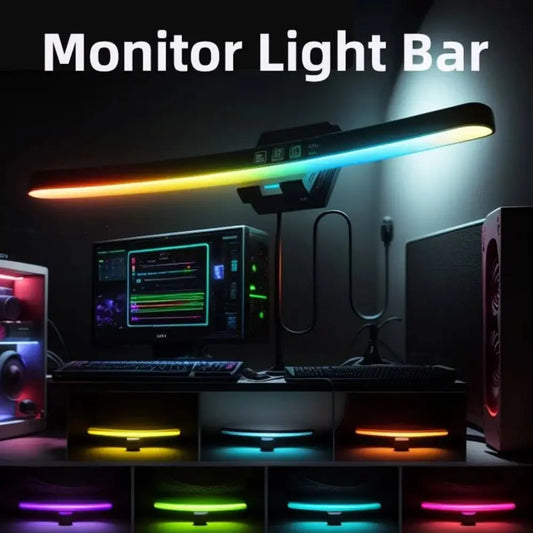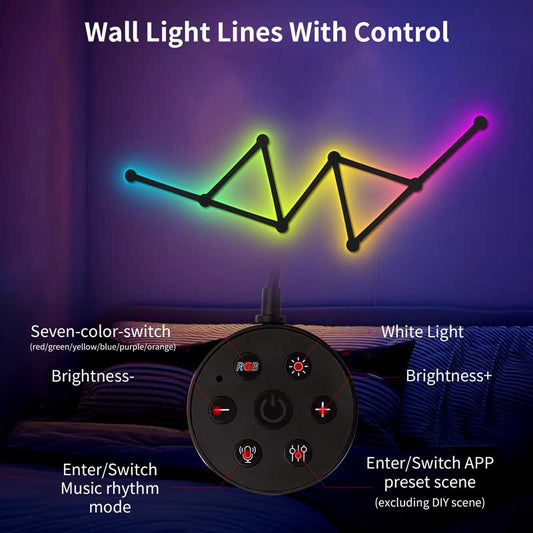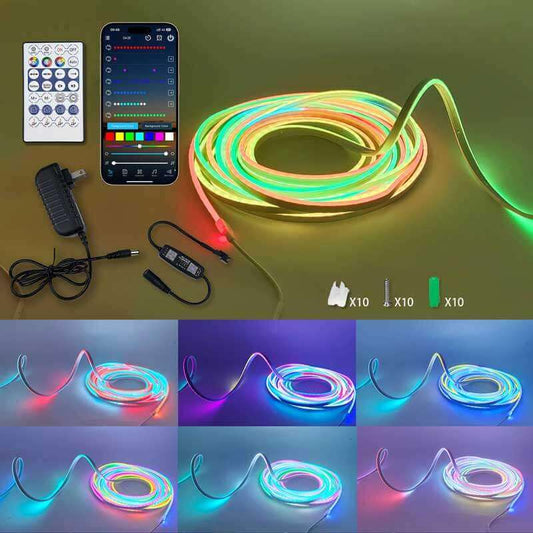Does the color of the wall matter for a projector?
Share
The color of the wall can indeed have an impact on the image quality when using a projector. Here are some considerations regarding how wall color can affect the projected image:
-
Reflectivity: The color of the wall affects how much light it reflects. Light-colored walls, such as white or light gray, reflect more light and help produce a brighter image. Dark-colored walls absorb more light, which can result in a dimmer image.
-
Contrast: Light-colored walls can enhance contrast and color accuracy by reflecting more light back to the viewer. Dark walls may reduce contrast and wash out colors, especially in rooms with ambient light.
-
Ambient Light: In rooms with ambient light, wall color becomes more critical. Light-colored walls can help bounce and reflect light from the projector, improving image brightness. Dark walls may absorb ambient light, reducing overall image quality.
-
Room Size: The wall color can impact how the projected image appears in the room. Light walls can create a sense of openness and brightness, while dark walls may make the room feel more enclosed and cozy.
-
Paint Finish: The finish of the wall paint can also affect how it interacts with the projected light. Matte finishes diffuse light, while glossy finishes reflect light more directly.
-
Screen vs. Wall: While a projector screen is designed to reflect light evenly and provide a smooth surface for projection, a white or light-colored wall can work well as a projection surface in certain conditions. However, a dedicated projector screen will typically offer better image quality and performance.
If you plan to project onto a wall, consider the following tips to optimize image quality:
- Choose a light-colored wall: White, light gray, or light beige walls are preferable for projecting images, as they reflect more light and help maintain image brightness and color accuracy.
- Minimize ambient light: Reduce ambient light in the room to improve image clarity and contrast, especially if you have darker walls.
- Consider a projector screen: If image quality is a top priority, investing in a high-quality projector screen can provide a dedicated surface optimized for projection, ensuring better performance and image quality.
In summary, while the color of the wall can impact the projected image, factors such as ambient light, room size, and wall finish also play a role. Choosing a light-colored wall and optimizing room conditions can help enhance the viewing experience when using a projector.




